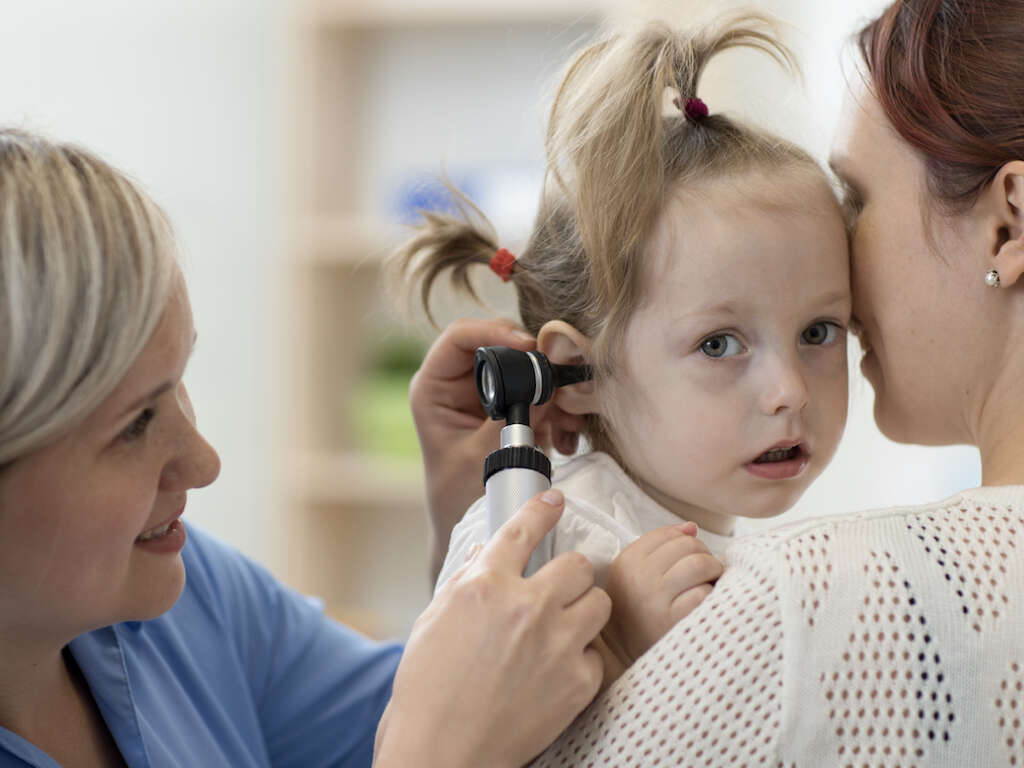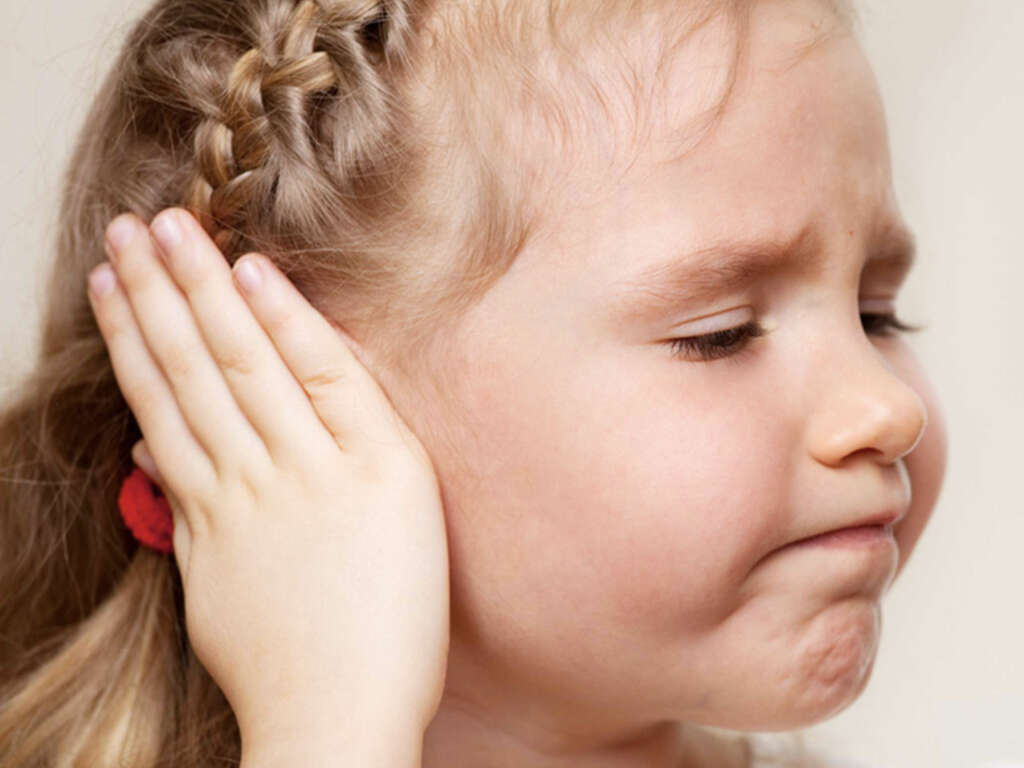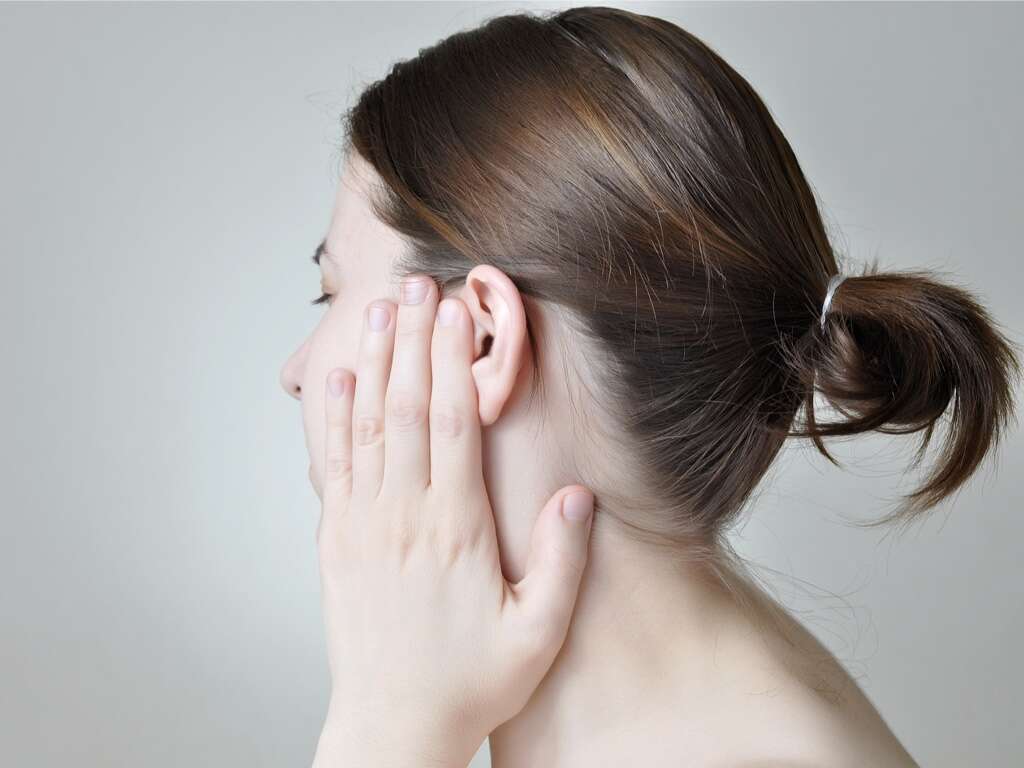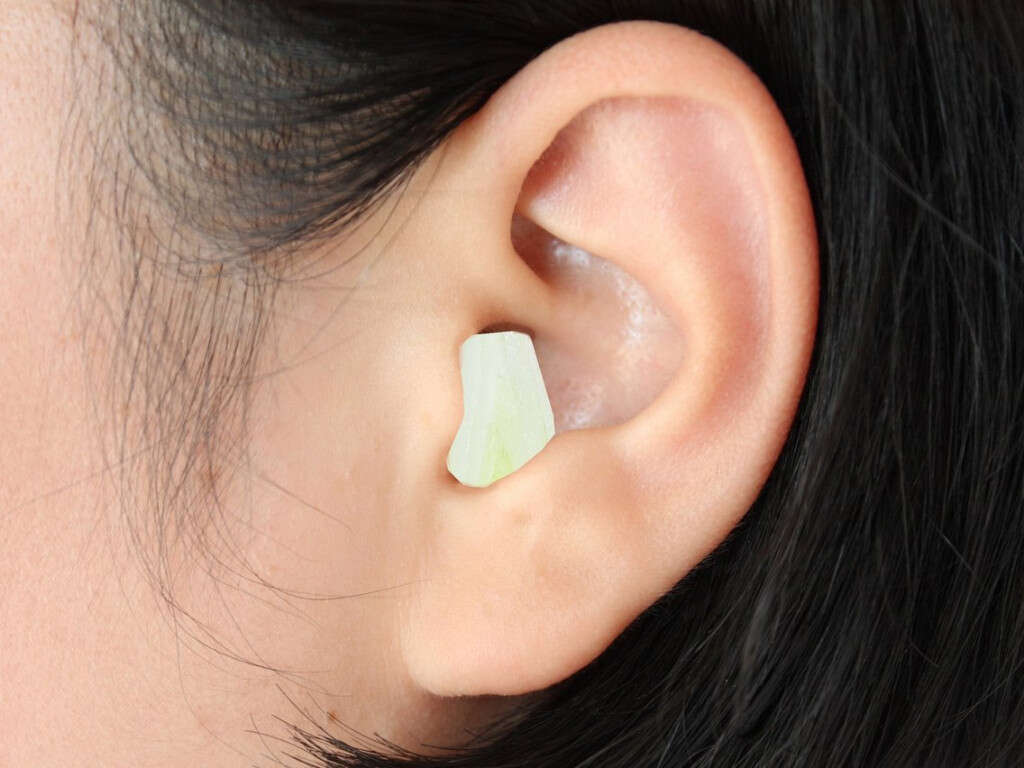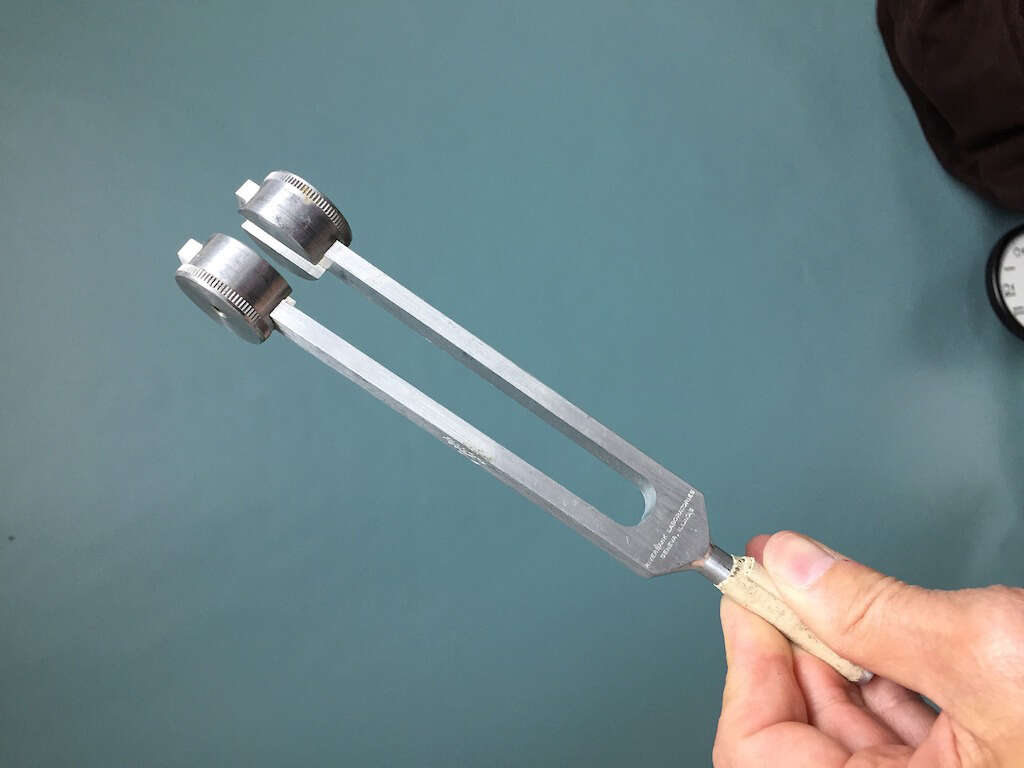What Is Otitis Media?
Our ears are essential to us because they help to let us know what is happening around us. They allow us to hear, which means we can communicate with others, and hearing can also help alert us to potential dangers. Our ears also perform other important functions, such as giving us a sense of balance.
Our ears are fairly well protected, but that doesn’t make them impervious to harm. They are prone to becoming infected in a condition known as otitis media. It is fairly common, especially in children, but the vast majority will make a full recovery. It can be more dangerous in a minority of cases, however.
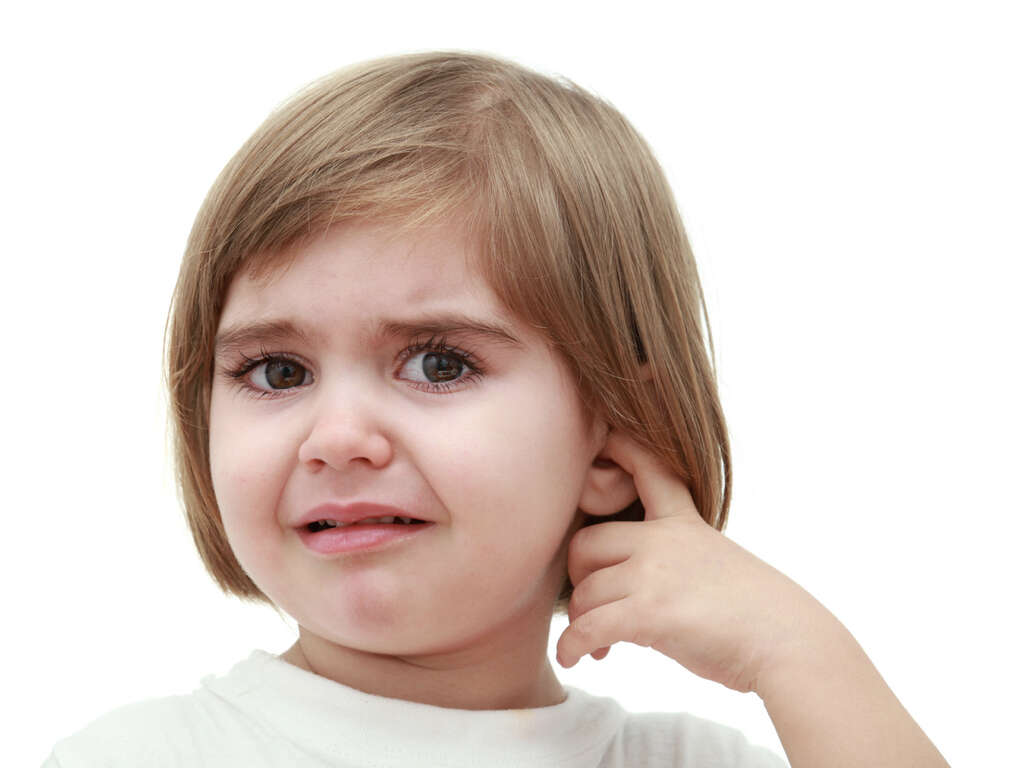
1. The Adenoids
Most of us are aware of the tonsils. These are masses of tissue at the back of the mouth that help to trap pathogens in the mouth. The adenoids are less well known and are basically a different type of tonsil. The main difference between the two is that the tonsils are located in the nasal passage.
Just like the tonsils, the adenoids can sometimes become infected, and this can cause them to become inflamed and swollen. This swelling can then block the eustachian tubes in the ear, potentially causing problems for the patient. The adenoids are sometimes removed altogether if they regularly cause problems for the patient.

2. Eustachian Tubes
Travelling from the back of the throat to each ear are tubes known as the eustachian tubes. These are thin tubes that allow air to travel between the inner ear and the outside world. These tubes open up at the back of the throat to allow air to pass through them. They are important for a number of reasons.
These tubes can sometimes become blocked, and one possible cause of this is swollen adenoids. Blocked eustachian tubes will mean the air pressure in the ear cannot be regular and fresh air cannot be circulated. It can also mean the secretions from the ear are unable to drain away. This can result in a number of unwelcome symptoms, and this includes Otitis Media.
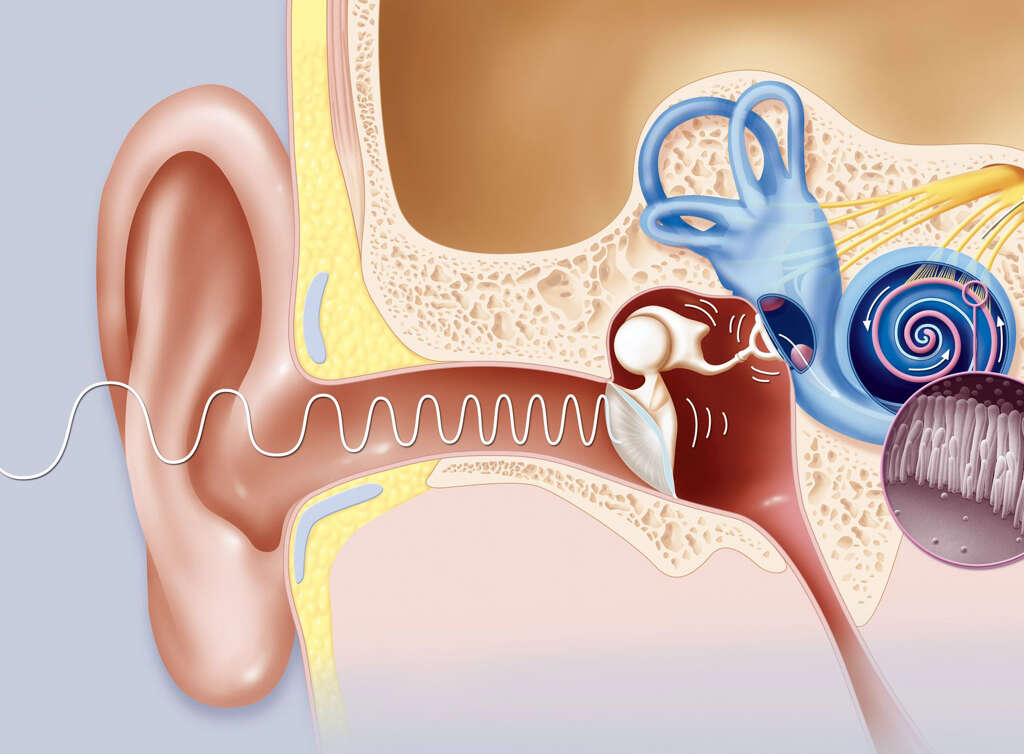
3. Otitis Media
Otitis media is the medical term for an infection of the middle ear. It is also sometimes known as acute otitis media. Ear infections are more common in children because the eustachian tubes are narrower and also more horizontal, meaning secretions cannot drain away as easily.
In many cases, antibiotics are used to clear the infection. At other times, the immune system is left to deal with the infection instead. Ear infections can be very painful and can also cause some unwelcome symptoms. They are not usually dangerous, but they will cause permanent damage in a small number of cases.
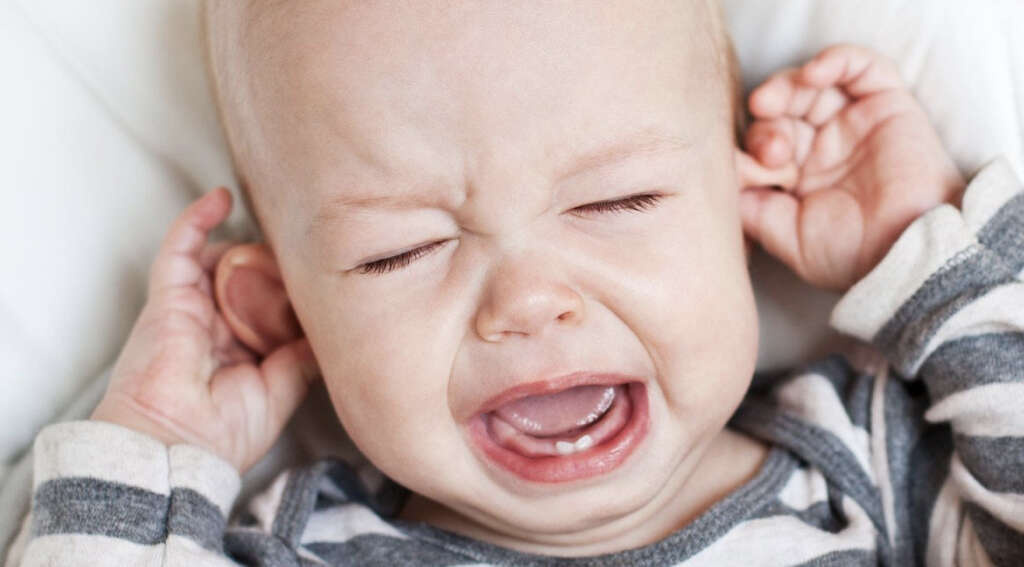
4. Causes
Ear infections are caused by bacteria that make their way into the middle ear. These bacteria can usually be dealt with using antibiotics if necessary. The most common culprits are Moraxella catarrhalis, Hemophilus influenzae, group A streptococcus, and streptococcus pneumoniae.
The infection can result from the ear itself being infected first. At other times, an ear infection is a secondary disease that was caused by something else. As mentioned, infections elsewhere can cause swelling, and this can result in the eustachian tubes becoming blocked. Even something as mild as the common cold can result in an ear infection in some cases.

5. Symptoms
Typical symptoms of an ear infection include often considerable pain in the infected ear. It can also cause the patient to suffer hearing loss and they may also have difficulties with their balance. Some patients will also have a discharge coming from their ears. The discharge may contain pus and may also contain blood.
Very young children are unable to tell us what their symptoms are, but there are certain signs to look out for. These include pulling at their ear, crying more than usual, and not responding to sounds. They may also not have an appetite, they can be more irritable than usual, and they may also have a high fever.
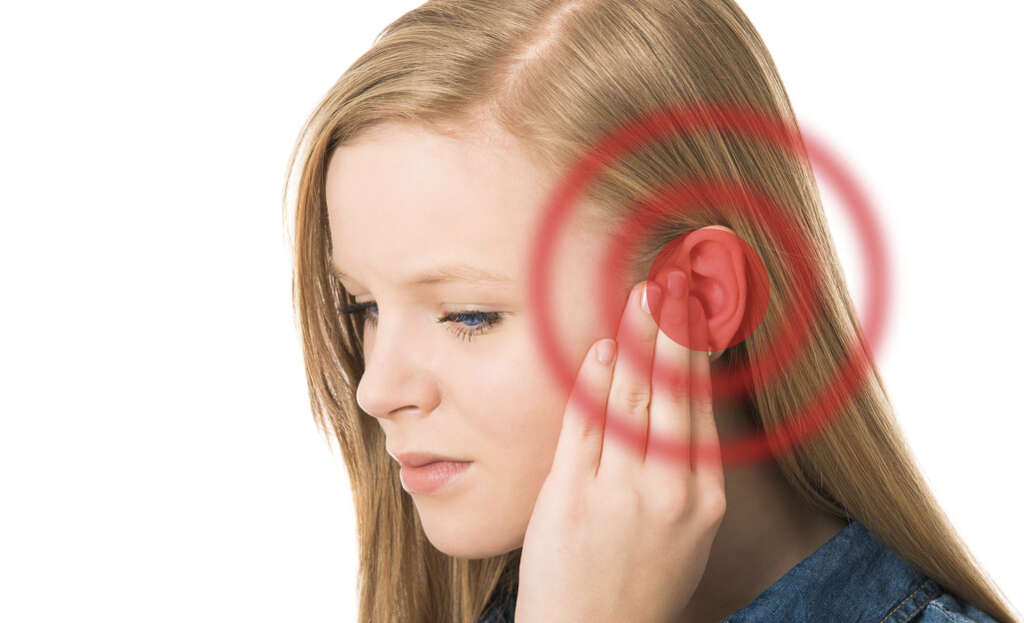
6. Risk Factors
Children are most at risk of ear infections for several reasons. One of these is that children tend to stay close to each other, meaning that diseases are more likely to spread from one to another. What’s more is that children’s immune systems are weaker, and the size and shape of their eustachian tubes also make infections more likely.
Poor air quality is another potential underlying cause of ear infections, while seasonal allergies are another potential cause. People born with cleft palates are at a greater risk if they cause an abnormal structure of the eustachian tubes. There is also a genetic connection, and natives of Alaska are more likely to get ear infections than other people are.

7. Complications
Ear infections can lead to the accumulation of fluids in the ear, even after the infection has cleared up. Severe infections can also lead to a perforated ear drum. While a perforated ear drum is likely to heal, subsequent infections make it more likely that permanent hearing loss will occur. Surgery will be needed to repair an eardrum in some cases.
If ear infections do cause permanent hearing issues, then the patient might also suffer from delays in their intellectual development. In a small number of cases, the infection can spread to other parts of the body. In some cases, this can even result in meningitis, which can be deadly.

8. Prevention
The likelihood of developing otitis media can be considerably reduced if we take care to help prevent the spread of pathogens. This largely means washing your hands regularly and encouraging children to do the same. Also, try and cover your mouth and nose when sneezing or coughing to help prevent the spread of diseases.
Bottle feeding a baby laying down can also lead to problems, so try to sit them when feeding them from a bottle. Mothers should also try and breastfeed very young children where possible because this will help to strengthen their immune system. Also, try and make sure that you keep away from other people, especially children, if you smoke.

9. Diagnosis
Asking about your symptoms and a brief physical exam is often all that is needed to diagnose otitis media. An otoscope will likely be used to get a better look inside their ears, nose, and throat, while their breathing may also be checked with a stethoscope. Other tests may also be performed to check on the health of the eardrum.
In some cases, a procedure may be performed that will help to drain fluid from the ear. This fluid can also be sent to a laboratory where it can be examined to find the pathogen responsible. Further, in depth may be required for children that have ear infections frequently.

10. Treatment
The treatment of otitis media will tend to depend on the severity of the infection. In many cases, it is suggested that the patient is given plenty of fluids and gets lots of rest. They may be given medication that will help to soothe symptoms such as pain, however. The patient should be monitored and they should see a doctor again if their condition worsens.
When the condition is considered to be severe enough, antibiotics will likely be provided, depending on the exact nature of the infection. It is important to limit the use of antibiotics where possible to help prevent bacteria from developing a resistance to the drugs.





